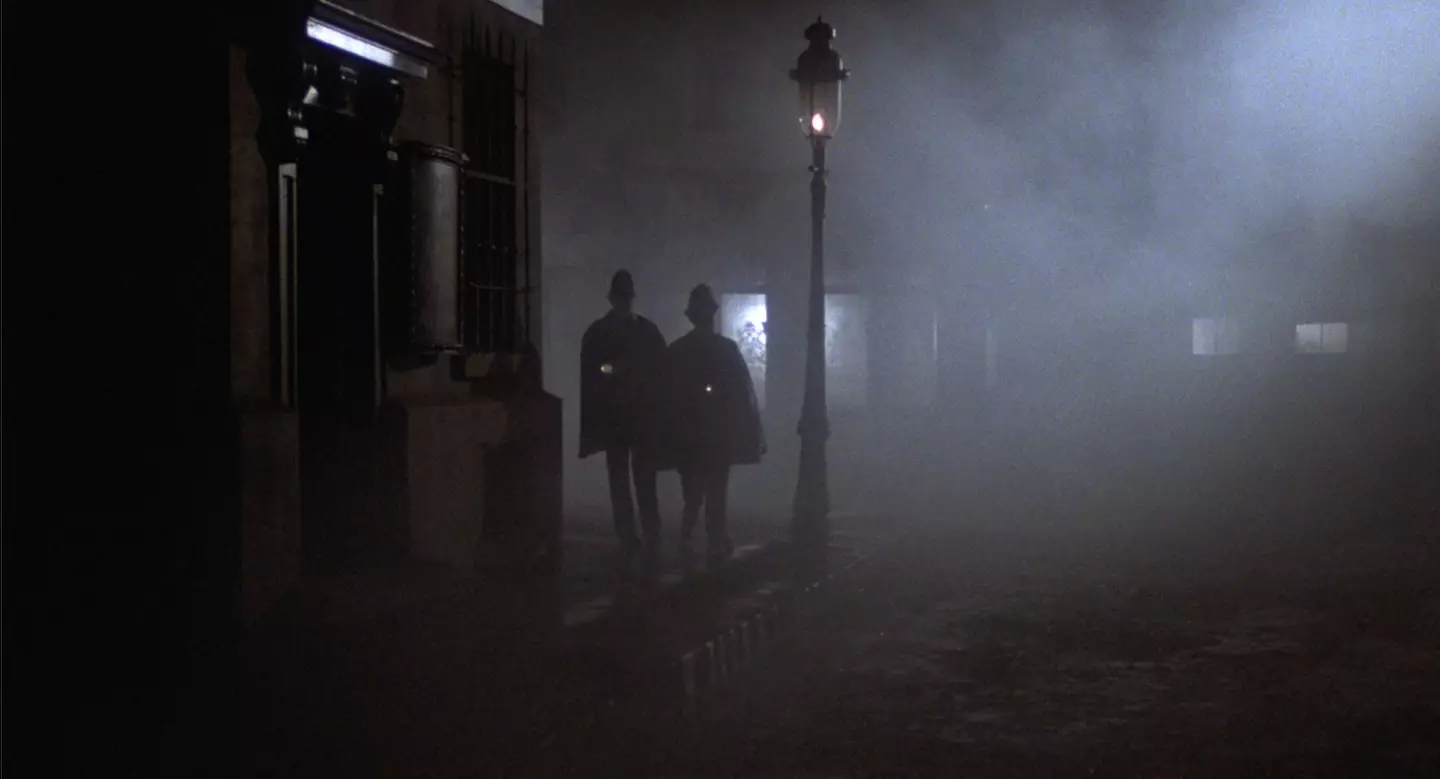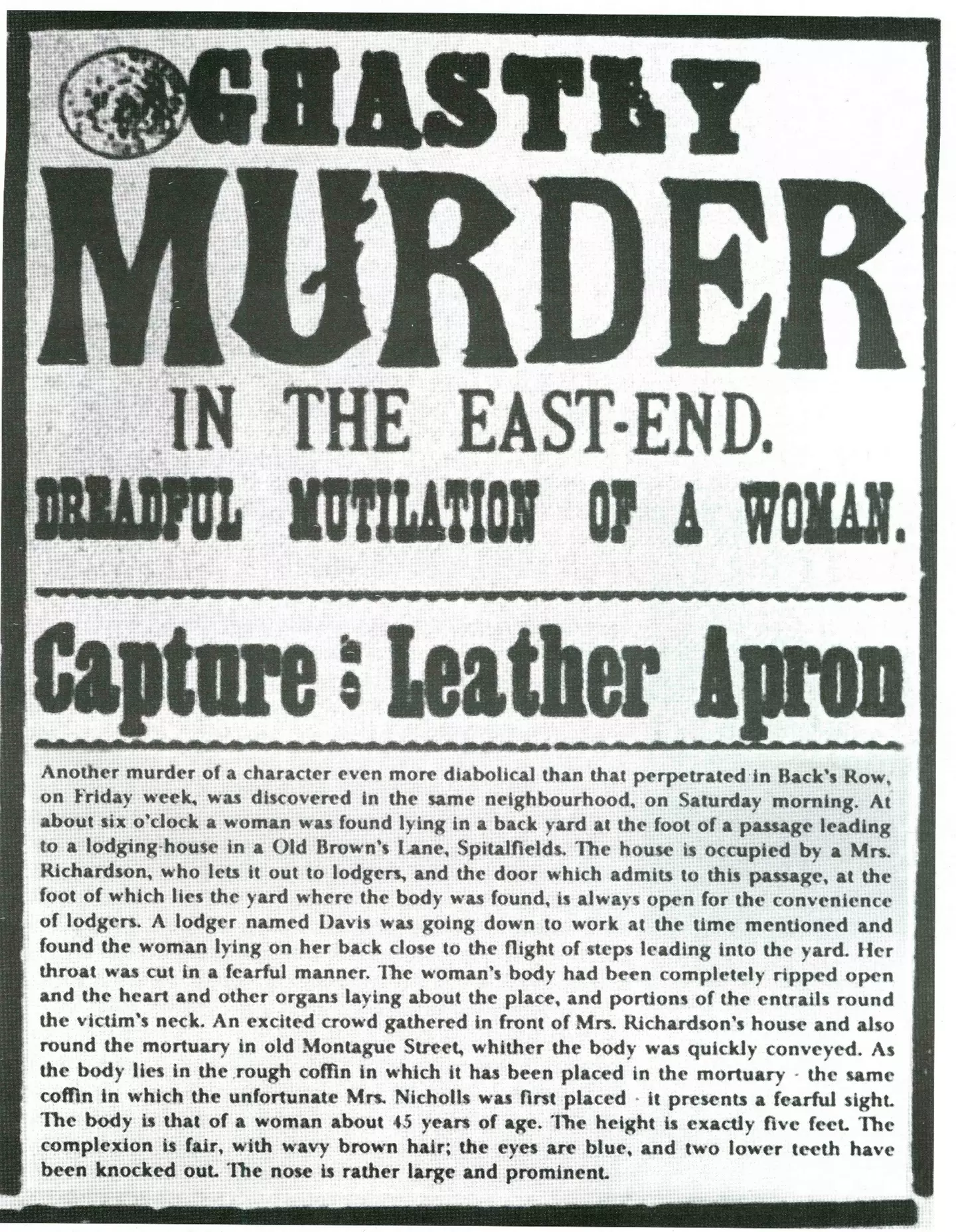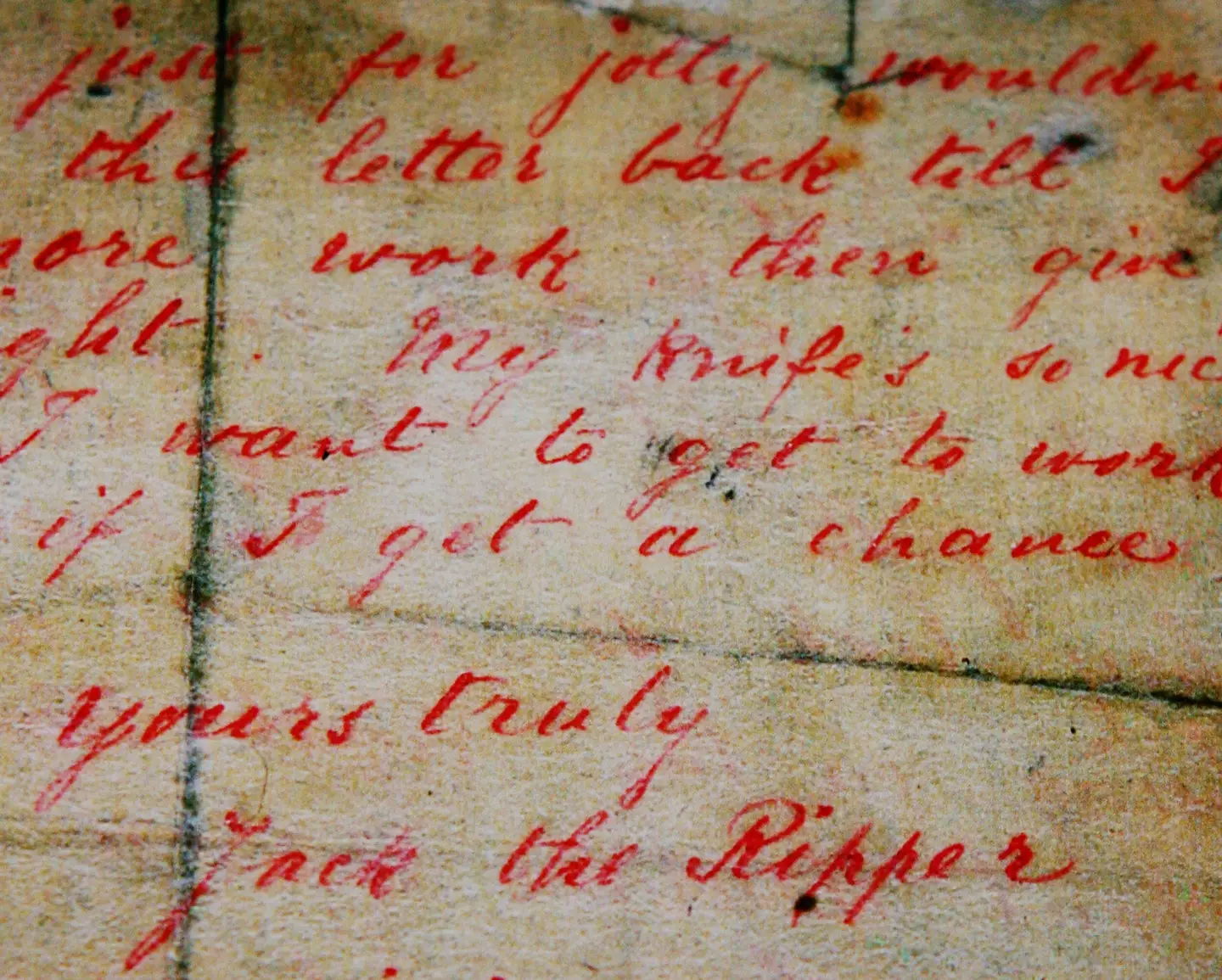For the victims’ families, police and true crime fanatics, Jack the Ripper is the one that got away.
Despite being one of the most notorious serial killers that the UK, and the world, has ever heard of, the mystery murderer has managed to go undetected to this day – but he’s obviously long gone by now.
He tormented the streets of Whitechapel in London throughout the 19th century and has at least five confirmed victims, although authorities suspected the elusive criminal might be behind more.
Most experts reckon that the Ripper’s modus operandi was brutalisation beyond reason – as the women who he slaughtered had deep slash wounds to the throat, as well as excessive mutilation to their abdomens and genital-areas.
Chillingly, he also removed their internal organs while also disfiguring their faces.
Although pretty much every person who was around in 1888 when all this went down was on the lookout for a killer hiding in plain sight, he managed to elude officials and get away with his vile crimes.
Over the years, there’s been plenty of speculation about who the Ripper might have been, but there’s never been any concrete proof which can truly give us all a bit of closure.
However, author Russell Edwards believes that he might have finally cracked the case.
The writer reckons he has ‘unmasked’ the man behind the murders thanks to him snapping up evidence from the murder of the Ripper’s fourth victim, Catherine Eddowes, at an auction in 2007.

A computer generated image of Aaron Kosminski, one of the prime suspects to be Jack the Ripper. (Russell Edwards)
At the scene, a shawl was found and one of the police officers took it home with them – and all these years later, Edwards put it through DNA testing, which he claims revealed that blood and semen stains were still on it.
According to the author, the blood matched a distant relative of Eddowes, who was one of the most prominent suspects.
Experts have described the alleged evidence as ‘very shaky’ and have questioned the validity of the DNA testing, however, Edwards believes the results confirm that Aaron Kosminski was behind the killings.
In his new book, he points the finger at the Polish barber once again and claims that police suspected he had a ‘great hatred of women, specially of the prostitute class, and had strong homicidal tendencies’.
But if this was the case, why didn’t the boys in blue strong-arm him into the cells when they had the chance?

A macabre tour guide in London has revealed why she thinks Jack the Ripper was able to elude police (Getty Stock Photo)
Well, according to history tour guide Jenny Miller – who runs ‘London Dark Tourist‘ which offers excursions around the ‘darker side of the city’ – there are several important factors which allowed Jack the Ripper to remain free.
She’s been around the historical block long enough to have picked up on a few things which might have contributed to the Ripper’s ability to elude authorities throughout his killing spree, and has shared her findings in a detailed blog post.
Under the cover of darkness
According to Miller, the killer really benefited from the lack of electrical lighting back in 1888.
All of the ‘canonical five’ murders were committed under the cover of darkness, as street lamps, torches and gas lamps were few and far between in those days, so Jack the Ripper was able to slip away with ease.
The tour guide explained: “These crowded, dirty streets were very dark, creating a perfect ambiance for a killer to skulk away into the night.”
Victims’ circumstances
As you may be aware, the majority of Jack the Ripper’s victims were believed to be sex workers – which was quite common for women at this time in Whitechapel, as most people were struggling to make ends meet.
Miller explained that as well as violence against women being considered ‘normal’ at this time, prostitutes were treated as ‘unfortunates’ – which essentially describes people who society didn’t really give two hoots about.
She reckons that the mystery monster purposely targeted his victims as he didn’t think their deaths would cause much fuss, explaining the women had ‘very little protection and little recourse’ from blokes who attacked them in those days.
“His victims didn’t have money, or status, or families with influence. They were sex workers mired in poverty and addiction,” Miller wrote. “They had no one to pressure the police; no one to fight in their corner.
“And therefore, their murders were not as ‘important’ as that of a wealthy West End woman.”

Miller reckons things might have gone differently if the serial killer was targeting wealthy women (Universal History Archive/Universal Images Group via Getty Images)
Anonymity
It’s what the entirety of this legendary cold case hinges on – Jack the Ripper’s ability to remain anonymous.
According to the spooky tour expert, Whitechapel was a bustling immigrant area when the murders began, meaning that hordes of people from all over the place were coming and going all of the time.
Due to this, Miller explains that locals wouldn’t have been able to pick up on any ‘strange faces’ lingering around, as it was ‘normal to walk past a million different people’ and ‘not know your neighbours’.
“The Jack the Ripper murders were nearly impossible to solve because the population was so transient, and there was no way to track people’s comings and goings,” she added.
Poor policing methods
Although they’ve got all sorts of mod cons on hand to help them in investigations these days, coppers didn’t have this luxury back in the 19th century – and they were still finding their feet with law enforcement in 1888.
Forensics weren’t a thing and preserving a crime scene ‘wasn’t even considered’, according to Miller, so officers relied heavily on witness accounts and physical clues which were left behind.
She pointed out that even evidence which was retrieved wasn’t exactly helpful, as there was ‘no way to match blood types’ or no fingerprint database to compare to.
“Jack the Ripper police just had few tools to work with, and a lot of policing relied on plain luck,” Miller said.

The letter supposedly sent by Jack the Ripper to police in 1888 (CARL DE SOUZA/AFP via Getty Images)
Meddling media
Miller explained that we only call the unidentified serial killer ‘Jack the Ripper’ due to the infamous letter which was sent to police and publicised in 1888, signed off with the moniker from a person who claimed to be the killer.
However, she believes that this whole thing was a hoax – suggesting the correspondence was ‘fraudulent’ and attributing it to a journalist who wanted to ‘amp up the intrigue’ regarding the murders.
Miller added: “This case created a media storm, and reporters interfered with crime scenes, witnesses, timelines, and riled up the public. It was the opposite of helpful.”
Murder was rare
Although you probably reckon that Whitechapel sounds like a place where police didn’t do much work and poverty-stricken locals ran riot, it apparently wasn’t that wild.
Well, in terms of the rate of brutal murders that is.
Miller explained: “The murder rate was actually pretty low. London had a total of 80 murders in the year prior (1887), and none of them took place in Whitechapel. What does that mean? The police had very little experience.
“Many of them had never worked a murder case before, let alone a serial murder case.”
Ultimately, she believes that all this stuff created a perfect storm which meant it would ‘have been next to impossible to catch the Ripper’.



